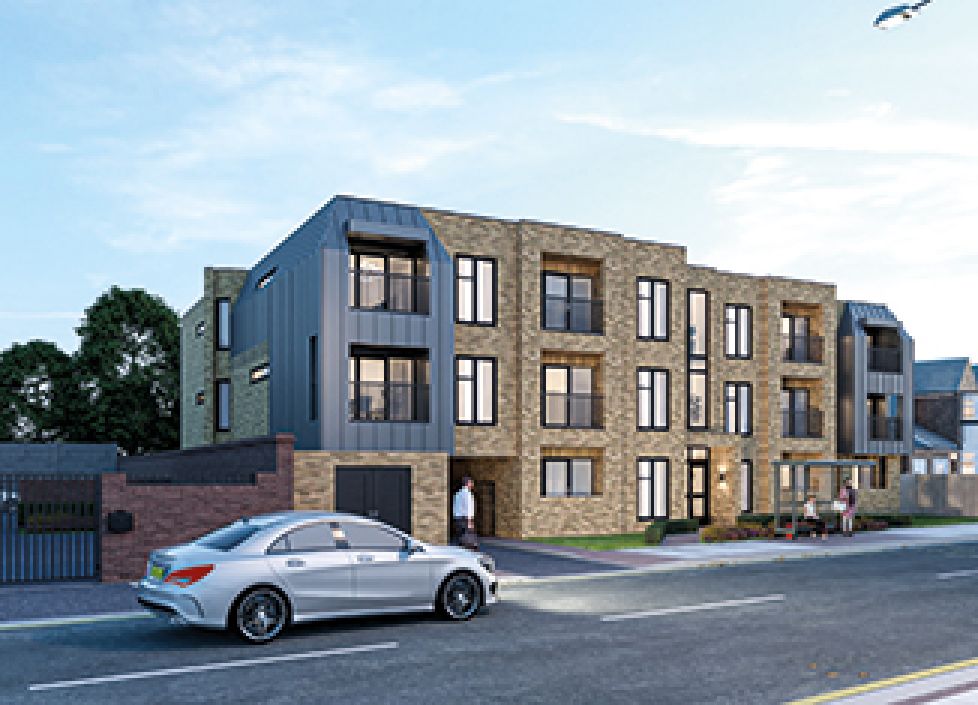The process of reducing the size of products while leaving their price unchanged has affected more than 2,500 UK products over the past five years, according to the Office for National Statistics. The ONS reported in July that manufacturers have been avoiding the unpopular move of raising prices but have been steadily giving us less for our money instead.
One of the biggest ‘offenders’ is the chocolate industry, which has managed to squeeze 22% inflation into its products since 2012, by shrinking the amount of chocolate contained in each bar, while the ONS admits that the phenomenon of shrinkflation has not had any impact on the overall inflation figures. This must come as a huge relief to the UK government as rising inflation would eventually mean rising interest rates and they (or should I say ‘we’?) are already ‘in the hole’ for over £1bn per week in interest payments on ‘our’ enormous national debt mountain, so giving the consumers less for their money by way of shrinkflation is of no real concern to the residents of Downing Street.
However, the situation is even worse when it comes to residential property: not only are product sizes shrinking, but prices are going up significantly. The average new-build three-bedroom home is now four square metres smaller than is recommended by government guidelines (89sqm instead of 93sqm), according to the Royal Institute of British Architects.
But many new homes in the UK have two, one, or sometimes no bedroom at all and the overall average new build home in the UK is the smallest in Europe (excluding Russia) at just 76sqm. This does not compare very favourably with Denmark (137sqm), the US (201sqm) or Australia (214sqm). In Hong Kong however, which is overwhelmingly an apartment market, the average new build home is just 45sqm. But are we heading in the same direction? While house sizes in the UK are getting a little smaller, apartment sizes are shrinking fast.




















